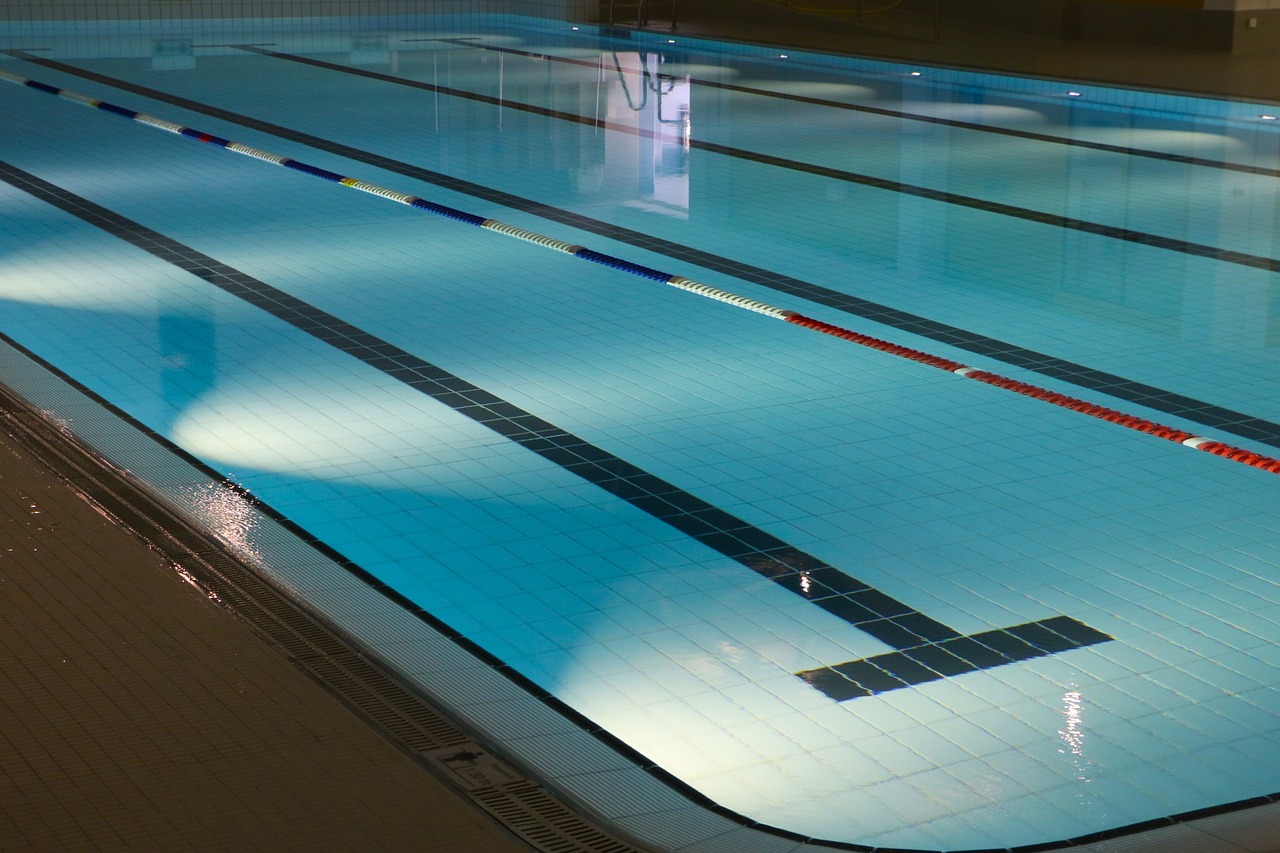Light installation & replacement
Illuminating your swimming pool is an essential aspect that not only enhances the aesthetic appeal but also ensures safety and enjoyment for swimmers. Pool lights serve as beacons, guiding individuals and creating a captivating ambiance in your outdoor living space. Whether you’re embarking on a new pool installation or revamping an existing one, understanding the intricacies of swimming pool light installation and replacement is crucial. This comprehensive guide delves into the various facets of pool lighting, exploring different options, installation techniques, and replacement considerations to help you transform your pool into a well-lit oasis of relaxation and recreation.

Types of Swimming Pool Lights: Unveiling the Possibilities
The world of pool lighting offers a diverse range of options, each with its unique characteristics. From the traditional incandescent bulbs to the energy-efficient LED alternatives, understanding the pros and cons of each type is crucial in selecting the most suitable lighting solution for your pool. Incandescent lights provide a warm and familiar glow, while LED lights offer superior energy efficiency, longer lifespans, and a vast array of color options. Additionally, fiber optic and halogen lights present their own advantages, catering to specific needs and preferences. Exploring these choices will enable you to make an informed decision that aligns with your desired ambiance, energy consumption goals, and budgetary considerations.

Planning and Preparation: Laying the Foundation for Success

Before embarking on the installation or replacement journey, proper planning is paramount. This involves assessing the size and shape of your pool, determining the desired lighting intensity and coverage, and considering factors such as electrical wiring and local building codes. Consulting with a professional pool contractor or electrician can provide valuable insights and ensure a seamless and code-compliant installation process. Thorough planning not only streamlines the execution but also minimizes potential pitfalls and costly mistakes, ensuring a smooth and efficient transition to a well-illuminated pool area.
Installation Techniques and Best Practices: Mastering the Art of Pool Lighting
Installing pool lights is a task that demands a combination of technical expertise and adherence to safety protocols. From laying the necessary electrical conduits to properly housing the light fixtures, each step requires precision and attention to detail. Exploring best practices and adhering to manufacturer guidelines is paramount to ensuring a successful installation that withstands the test of time. Additionally, understanding the intricacies of different installation methods, such as niche or surface-mounted fixtures, will equip you with the knowledge to make informed decisions tailored to your pool’s specific requirements.

Maintenance and Troubleshooting: Ensuring Longevity and Optimal Performance

Once your pool lights are up and running, regular maintenance becomes essential to ensure their longevity and optimal performance. From cleaning the lenses to addressing any electrical issues, proactive maintenance can prevent costly repairs and premature replacements. Understanding common troubleshooting techniques, such as diagnosing and resolving issues related to faulty wiring, burnt-out bulbs, or water infiltration, can empower you to identify and rectify minor problems before they escalate into major concerns. Adhering to manufacturer-recommended maintenance schedules and seeking professional assistance when necessary will safeguard your investment and extend the lifespan of your pool lighting system.
Enhancing Your Outdoor Living Experience: Illuminating Possibilities

Pool lighting is not just a functional necessity; it’s an integral part of creating an inviting and magical outdoor ambiance. From illuminating water features to highlighting landscaping elements, strategic lighting design can transform your backyard into a captivating oasis. Explore creative lighting techniques, such as incorporating colored lights, adjustable brightness levels, or synchronized lighting displays, to elevate your outdoor living experience to new heights. Embrace the power of ambiance and unleash the full potential of your pool area, turning it into a stunning backdrop for unforgettable memories with family and friends.
Conclusion
Investing in high-quality swimming pool lights and ensuring their proper installation and maintenance is a worthwhile endeavor. Not only do these luminous additions enhance the beauty and safety of your pool area, but they also contribute to creating a welcoming and inviting atmosphere for you and your loved ones to enjoy. By understanding the nuances of pool light installation and replacement, you can make informed decisions that align with your aesthetic preferences, budget, and functional requirements. Remember, a well-lit pool is a testament to your commitment to providing an exceptional outdoor experience, one that harmoniously blends form and function, creating cherished memories for years to come.
FAQ's
The lifespan of pool lights varies depending on the type of bulb and the quality of the fixture. LED lights are known for their longevity, with some models lasting up to 50,000 hours or more. Incandescent and halogen lights, on the other hand, have a shorter lifespan, typically ranging from a few months to a few years.
While it is possible to install pool lights as a DIY project, it is generally recommended to hire a professional pool contractor or electrician. Pool light installation involves working with electrical wiring and often requires cutting into the pool shell, which can be challenging and potentially dangerous if not done correctly.
Inground pool lights are designed for permanent installation in the walls or floors of concrete or fiberglass pools. Aboveground pool lights, on the other hand, are typically more temporary and can be mounted on the pool’s exterior or attached to the pool’s top rails or deck.
While it is possible to mix and match different types of pool lights, it is generally recommended to use the same type of light throughout your pool for consistency and uniformity. Mixing lights with different color temperatures or brightness levels can create an uneven and unappealing lighting effect.
The frequency of pool light replacement depends on various factors, such as the type of light, usage, and exposure to environmental conditions. As a general guideline, it is recommended to replace incandescent or halogen lights every 1-2 years, and LED lights every 5-10 years or as needed if they begin to dim or fail.
